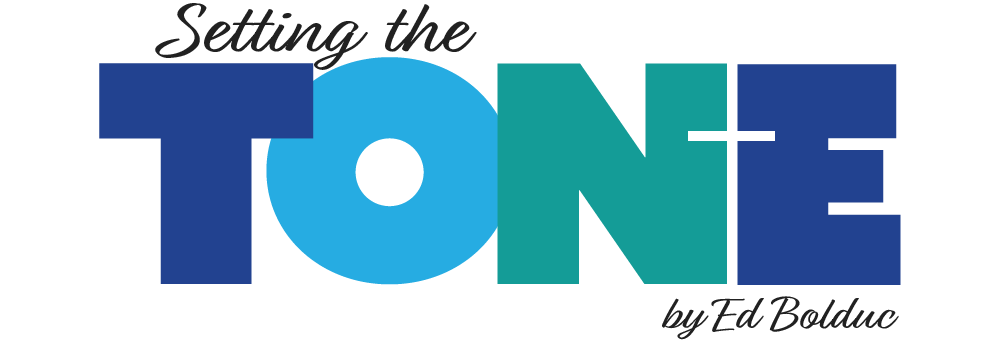First of all, let me say “HEY!” to all of the folks from the Life Teen Musicians Training Conference this past week. It was a blast meeting you all and sharing prayer and worship through music, along with Sarah Kroger and Joshua Blakesley. What a blessing.
We covered a LOT of topics in a short period of time. So, I thought I might dig up an old post here and ‘replay’ it. It still applies, after all. Some of you more tech-y folks might have some great input on the subject as well.
This was originally posted in May, 2011.
Has this ever happened to you?
You take lots of time during rehearsal to EQ everything. The pianist plays a bit and you adjust the highs and lows so that it sounds nice and warm, full, round…it sounds great. Then the guitarist does the same and you adjust the EQ, again making it sound nice and full, warm, round, etc. Then you do the same for the vocals, adjusting everyone’s mic so that they sound fabulous.
During the intro of the song the piano (or guitar) sounds great, along with the cantor, or soloist. Then the band comes in and it sounds like…mud.
What happened? Everything sounded awesome when it was playing alone. Suddenly you can’t hear the piano, so you turn it up. Now you can’t hear the guitar so you turn it up, too. Wait…the vocals are getting lost…turn them up! Turn everything up! Why are the monitors feeding back? I want to go home!
Many times it’s all about the EQ, or equalization. I don’t want to get too detailed here. First, I am not really qualified to do so, and secondly, there are many others who are better at explaining this than I am, but put simply: there is only so much room in the “sound” we are listening to for low frequencies (like drums and bass guitars) and only so much room for higher frequencies.
In other words, we can’t let the instruments get into each other’s ‘space.’ Since the bass guitar is dwelling in the low end of the sound, keep other instruments away from there or things will get all muddy or mushy as they bump into each other. Playing low synth pads alone, for example, sounds awesome…big and full. But, as soon as the bass guitar comes in, that synth player has to leave the left hand out or it will collide with what the bass player is doing.
In a solo acoustic guitar performance you want that ole’ six string to have a full sound, covering the lows and the highs. When playing with a band, however, the bass guitar and drums will be covering the lows. If you want the acoustic guitar to cut through, you need to “roll off” the low end and brighten up the sound. By itself it will sound rather thin and empty, but in the full band mix it will fit very nicely into the spectrum.
The same goes for vocals. Be careful how much low end is in there. Get the singers to move in closer to the mic. That proximity (nearness to the microphone) will give it a warm sound. Then you can roll of the lows (decrease the amount of low frequency) and brighten it up. Plus, if they move in closer, you won’t have to turn that mic up as much. Less feedback. Always good.
You’ll be amazed at how the sound will just clear up. You won’t need to keep turning things up to 11 in order to hear them. It gets easier on the ears, too.
This just goes to show that getting some trained, professional ears to help you is vital to sounding good. Remember, the assembly is going to listen to you on and off for about an hour! They deserve to have good sound projected at them. Consider hiring a pro to come in and set some eq’s during a rehearsal. If you have a digital board, great. It will remember the settings. If not, take a picture with your cell phone or digital camera and keep it handy in case something gets moved. You’ll be glad you did!

